Nara was Japan’s first permanent capital city. Established in the year 710, the city was originally called Heijo. Although the capital was later moved to Nagaoka, and later Kyoto, the rich architectural and cultural gems in Nara continue to draw many visitors. As well as large and ornate temples and monasteries, the city is famous for its huge herd of deer that roam the streets. Compact and easy to explore by foot, Nara can be reached from both Osaka and Kyoto for a cool day trip.
Here’s everything you need to plan your trip to Nara:
Getting to Nara
Nara is connected to many locations around Japan by bus. The train is, however, the quickest way of reaching the city, especially important if time is limited.
There are two train stations in Nara: JR Nara Station (perfect for people who have a JR Pass) and Kintetsu Nara Station. The latter is located right in the heart of the city and so is a better starting point if you are purchasing single or return tickets, as opposed to using a rail pass.
Regular trains connect Nara with Kyoto and Osaka, with the quickest services taking around 35-40 minutes from each nearby city. Services start early in the morning, continuing into late in the evening. Make an early start, and aim to be in Nara between 9am and 10am to really make the most of your day. You’ll find plenty of places to eat and drink to keep your energy levels up as you explore.
Things to do in Nara
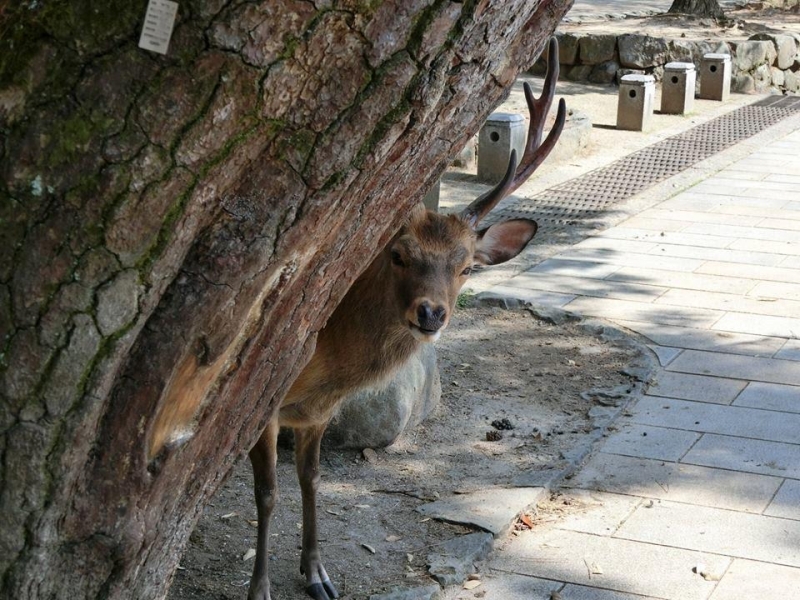
It’s easy to hit many of Nara’s key sights in a single day. These are some of the best things to see and do on your day trip:
1. Feed the curious deer
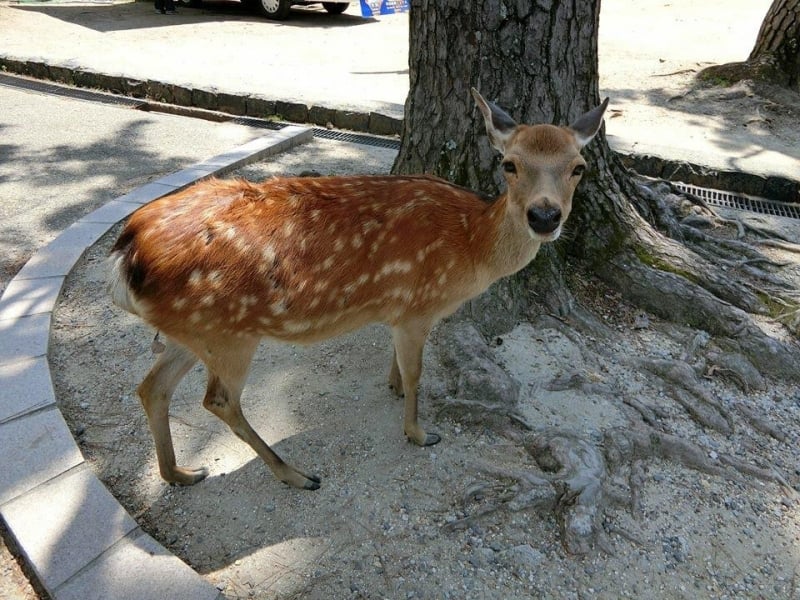
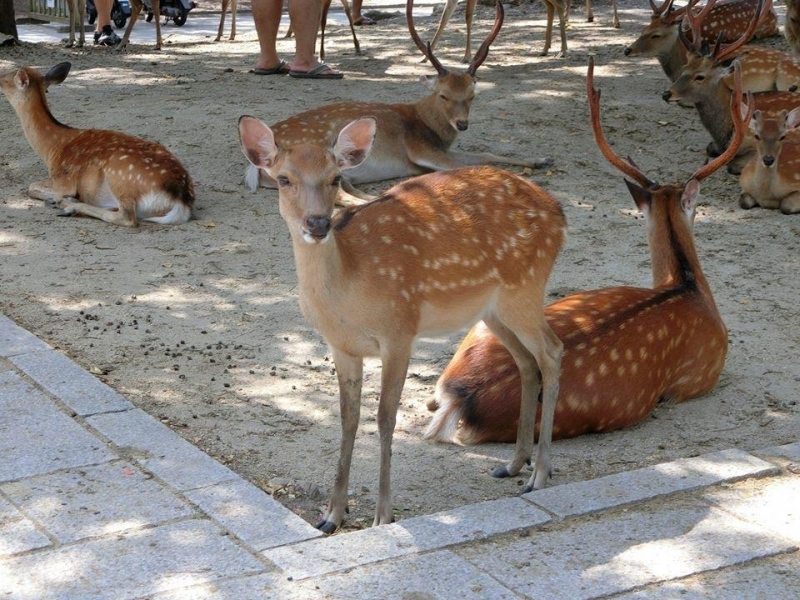
Nara is home to a large herd of more than 1,000 deer that roam the parks and pavements. Strategically located vendors sell special food that you can hand feed to the sometimes pesky deer; don’t risk their health by feeding them anything other than the proper food. Also, do remember that, although mostly friendly, the deer are still wild animals and can bite, nudge, and kick—some of the most bolshie deer will try to steal food and plastic bags so do keep your eyes open! The deer are thought locally to be messengers from the gods and Nara’s deer are protected.
2. Visit the beautiful Todai-ji Temple
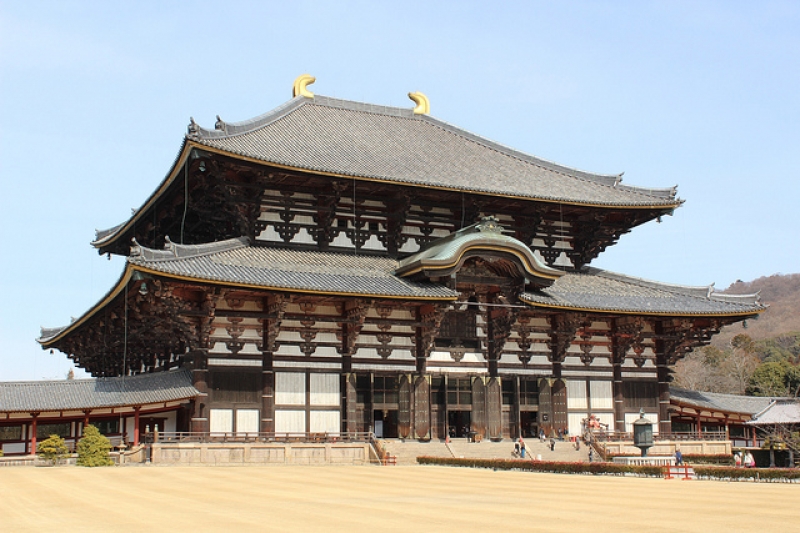
Image credit: throgers
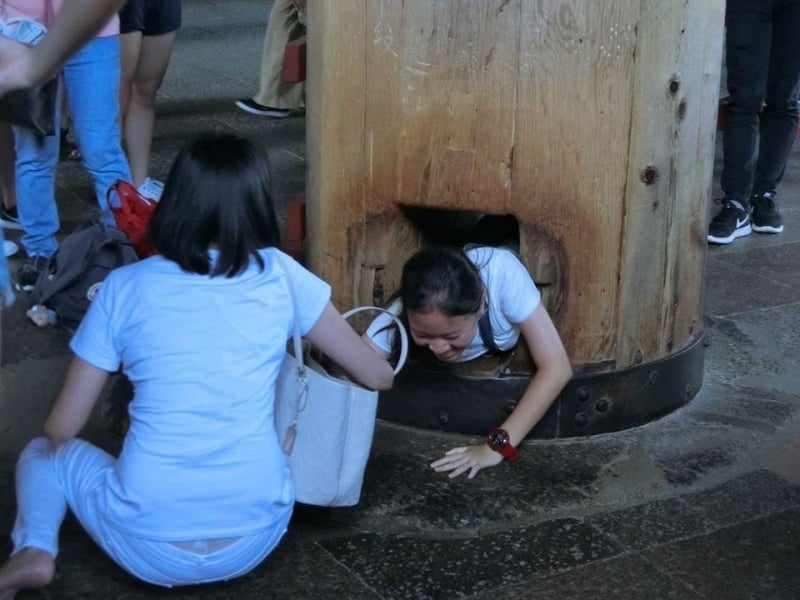
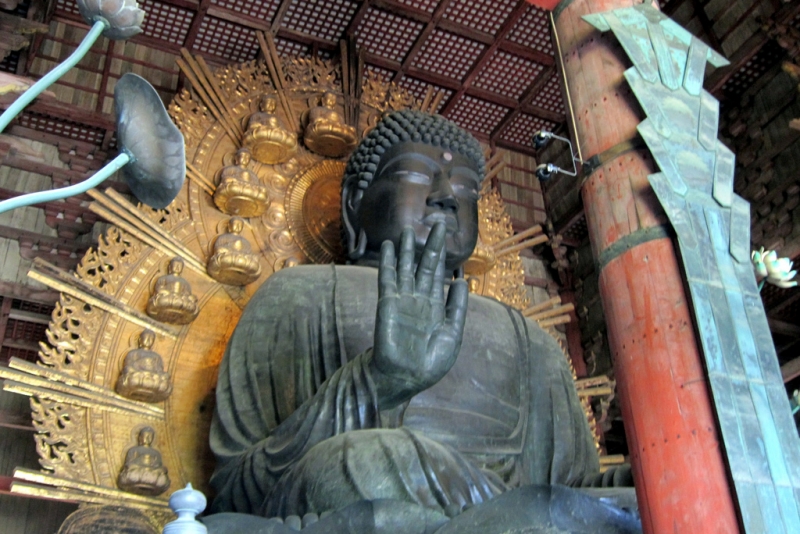
Image credit: Wally Gobetz
The large and ornate Todai-ji Temple is one of Japan’s most stunning religious buildings. It’s already an impressive sight from the outside but you’ll be further blown away as you enter the building and feast your eyes on the enormous 16-metre-tall Buddha statue (known as Daibutsu). Watch as people try to squeeze through a small hole cut into one of the pillars and, if you’re feeling brave (and slender!), maybe even have a go yourself! People who manage to pass through the gap are said to be sure of attaining Buddhist enlightenment. Take time to stroll through the pretty grounds and admire the site’s other statues too.
3. Photograph the eye-catching Kofuku-ji Temple
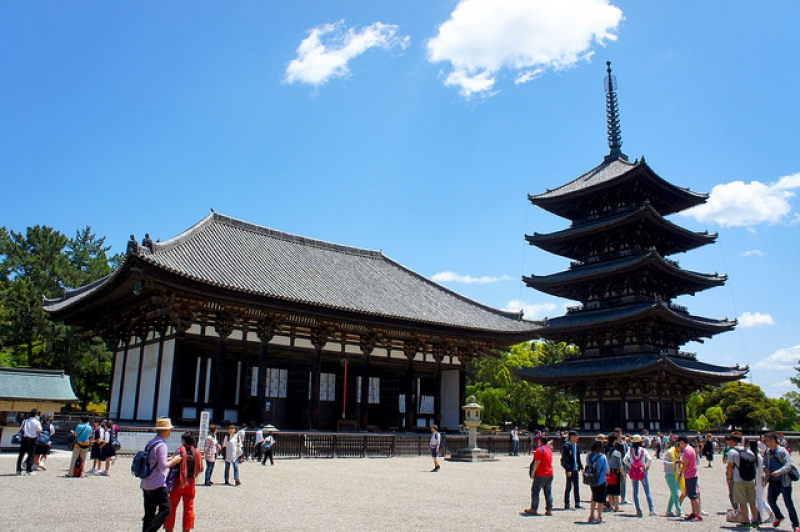
Image credit: masato_photo
Kofuku-ji Temple is a big temple complex, most notable for its tall multi-tiered wooden pagoda. You’re sure to feel pretty small as you gaze up at the towering beauty. Within the main temple building you can see a variety of antiques and Buddha statues in various styles.
4. Pay your respects at Kasuga-Taisha Shrine
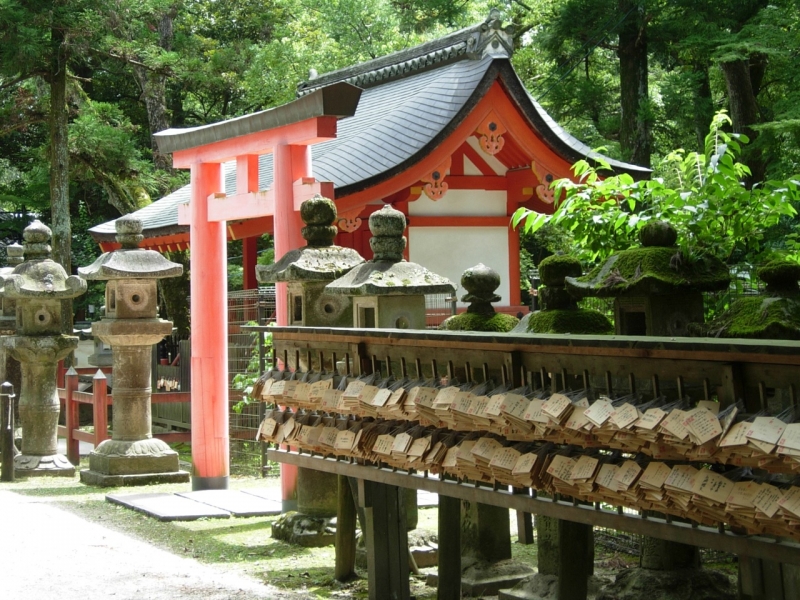
Image credit: Justine
Kasuga-Taisha Shrine is Nara’s most significant Shinto shrine. The main hall and prayer hall are the main buildings, though several other smaller buildings and pavilions are sprinkled throughout the pretty grounds. Wandering along the scenic walkways through the forest is a great way to feel at peace and soak up the serenity, with smaller shrines and delightful stone lanterns adding to the enchanting atmosphere.
5. Learn more at Nara National Museum
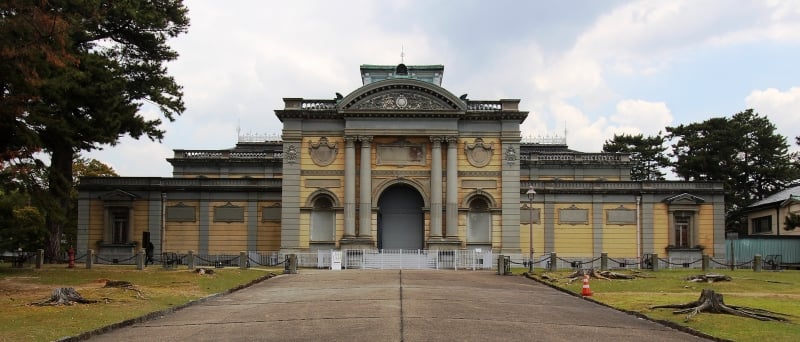
Image credit: OZinOH
Nara National Museum has two buildings. One houses many statues of the Lord Buddha and other significant religious and spiritual items from various ages, while the other is home to diverse temporary collections. Each building is well worth a visit to get an overview of Nara’s past and present.
6. Experience seismic activity at Okumura Commemorative Museum
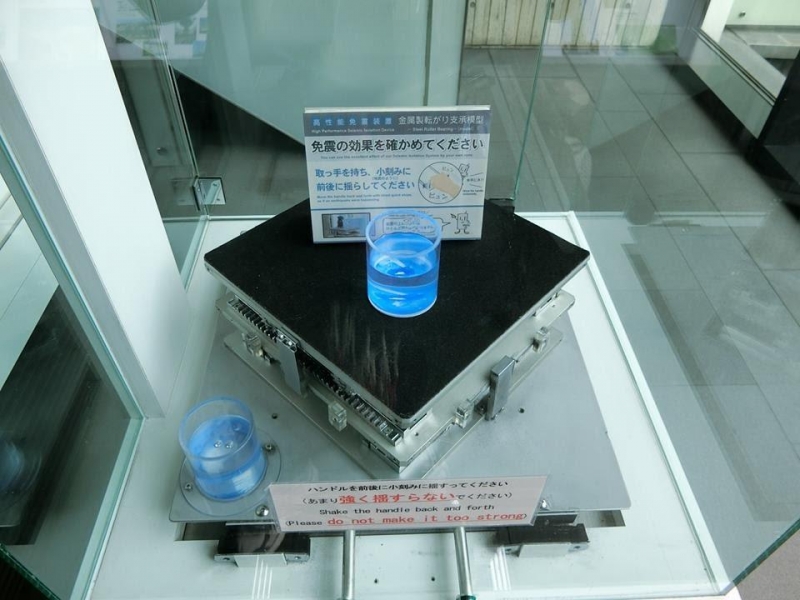
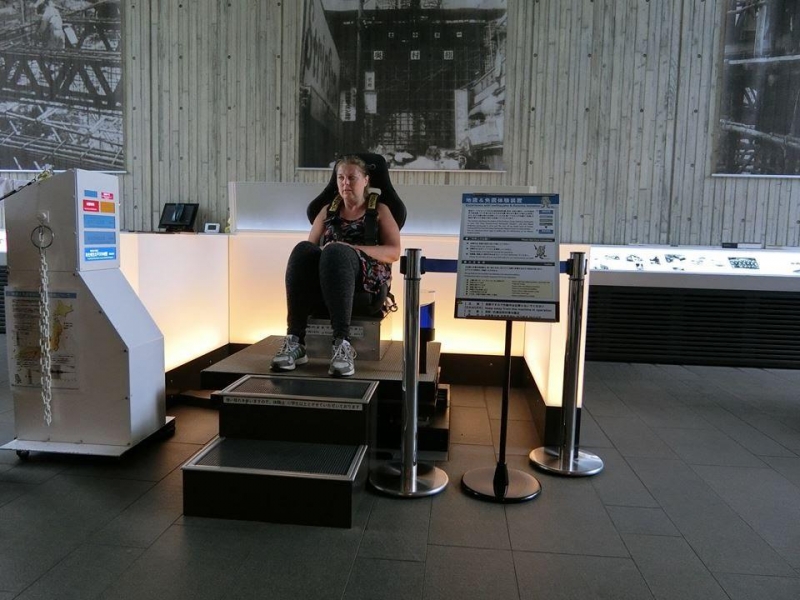
Okumura Commemorative Museum is free to enter. The air-conditioned comfort can be a welcome relief from the heat outside in summer and you’ll find interesting displays and exhibits related to earthquakes and the impacts they can have on cities and towns. There are models that demonstrate earthquake-safe building practices and you can buckle up to experience the shocks of earthquakes and seismic isolation.
7. Stroll through Isui-en Garden
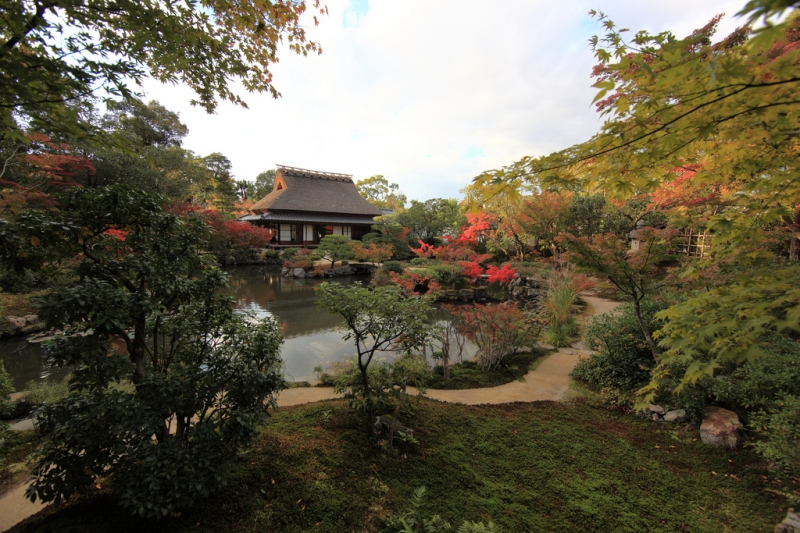
Image credit: TANAKA Juuyoh
One of Nara’s most beautiful open spaces, Isui-en Garden has a sparkling pond surrounded by lush gardens. Although a popular place, the garden’s large size means that it is possible to find a fairly quiet spot to sit in quiet contemplation and simply enjoy being in nature. A number of flower- and tree-lined paths wind through the gardens and the tea room is the ideal place to peacefully soak up the views.
With so many attractions and activities, Nara is definitely worth a day visit when exploring Japan’s Kansai region.





